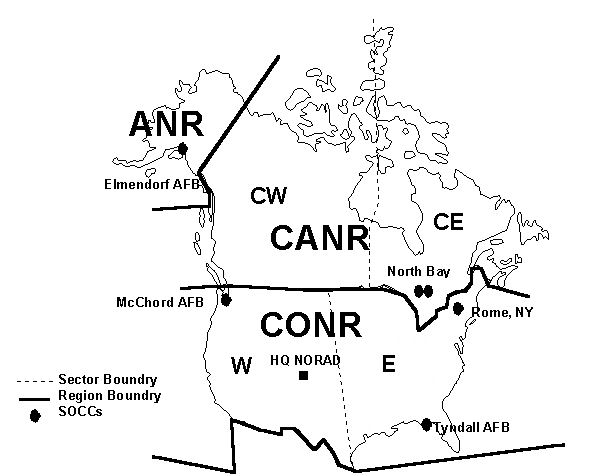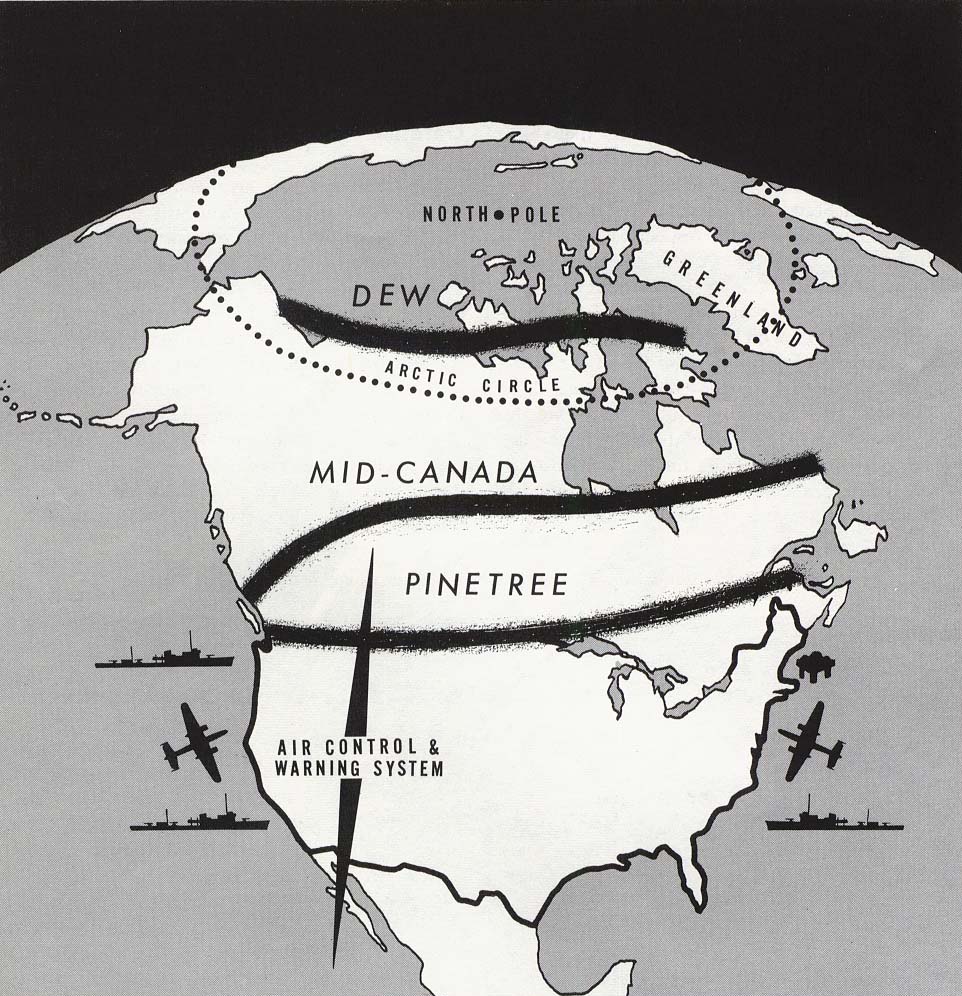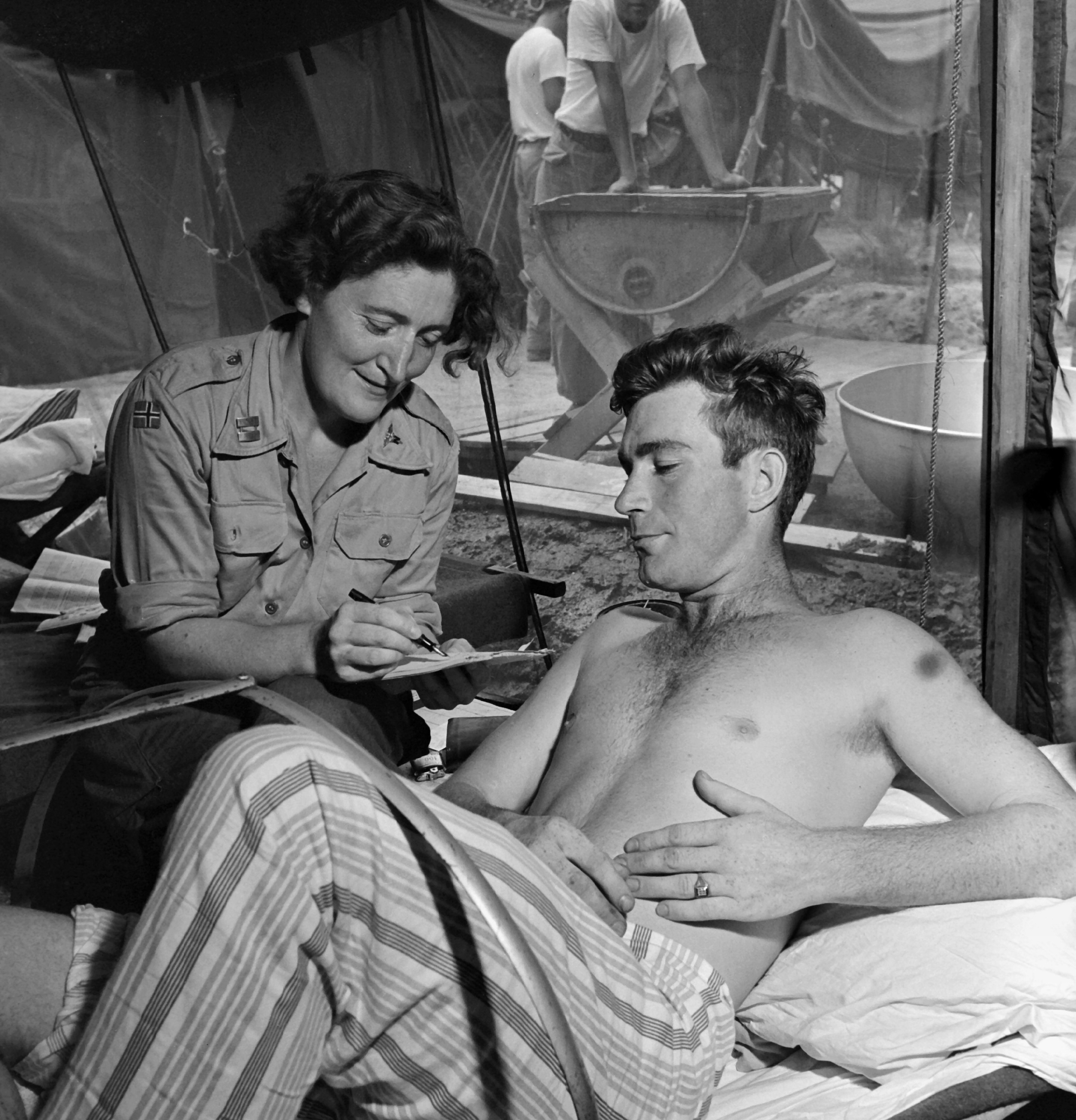|
Canada–Soviet Union Relations
Canada–Soviet Union relations were the bilateral relations between Canada and the Union of Soviet Socialist Republics (USSR or Soviet Union). Diplomatic history Early phase Early Canada-Soviet relations proved to be tumultuous. Canada had participated in the Allied intervention in the Russian Civil War, and in general mirrored the hostility towards the Soviet Union demonstrated from Washington and London. Canadian authorities suspected Soviet involvement in Canadian labour disturbances such as the Winnipeg General Strike of 1919. Nevertheless, Canada adhered to the Anglo-Soviet Trade Agreement of 1921, which meant de facto recognition of the Soviet Union. Two years later, the Soviet Union sent its first trade representative to Canada. Relations were severed after the Arcos Raid in 1927. Limited relations were restored in 1929. The Canadian government suspected Soviet involvement in the Regina Riot of 1935, while Canada was the subject of unflattering propaganda in the Sovie ... [...More Info...] [...Related Items...] OR: [Wikipedia] [Google] [Baidu] |
Canada
Canada is a country in North America. Its ten provinces and three territories extend from the Atlantic Ocean to the Pacific Ocean and northward into the Arctic Ocean, covering over , making it the world's second-largest country by total area. Its southern and western border with the United States, stretching , is the world's longest binational land border. Canada's capital is Ottawa, and its three largest metropolitan areas are Toronto, Montreal, and Vancouver. Indigenous peoples have continuously inhabited what is now Canada for thousands of years. Beginning in the 16th century, British and French expeditions explored and later settled along the Atlantic coast. As a consequence of various armed conflicts, France ceded nearly all of its colonies in North America in 1763. In 1867, with the union of three British North American colonies through Confederation, Canada was formed as a federal dominion of four provinces. This began an accretion of provinces an ... [...More Info...] [...Related Items...] OR: [Wikipedia] [Google] [Baidu] |
Igor Gouzenko
Igor Sergeyevich Gouzenko (russian: Игорь Сергеевич Гузенко ; January 26, 1919 – June 25, 1982) was a cipher clerk for the Soviet embassy to Canada in Ottawa, Ontario, and a lieutenant of the GRU (Main Intelligence Directorate). He defected on September 5, 1945, three days after the end of World War II, with 109 documents on the USSR's espionage activities in the West. This forced Canada's Prime Minister Mackenzie King to call a Royal Commission to investigate espionage in Canada. Gouzenko exposed Soviet intelligence's efforts to steal nuclear secrets as well as the technique of planting sleeper agents. The "Gouzenko Affair" is often credited as a triggering event of the Cold War, with historian Jack Granatstein stating it was "the beginning of the Cold War for public opinion" and journalist Robert Fulford writing he was "absolutely certain the Cold War began in Ottawa". Granville Hicks described Gouzenko's actions as having "awakened the people of N ... [...More Info...] [...Related Items...] OR: [Wikipedia] [Google] [Baidu] |
Hungarian Revolution Of 1956
The Hungarian Revolution of 1956 (23 October – 10 November 1956; hu, 1956-os forradalom), also known as the Hungarian Uprising, was a countrywide revolution against the government of the Hungarian People's Republic (1949–1989) and the Hungarian domestic policies imposed by the Soviet Union (USSR). The Hungarian Revolution began on 23 October 1956 in Budapest when Student, university students appealed to the civil populace to join them at the Hungarian Parliament Building to protest against the USSR's geopolitical domination of Hungary with the Stalinism, Stalinist government of Mátyás Rákosi. A delegation of students entered the building of Magyar Rádió, Hungarian Radio to broadcast their Demands of Hungarian Revolutionaries of 1956, sixteen demands for political and economic reforms to the civil society of Hungary, but they were instead detained by security guards. When the student protestors outside the radio building demanded the release of their delegation of studen ... [...More Info...] [...Related Items...] OR: [Wikipedia] [Google] [Baidu] |
Nikita Khrushchev
Nikita Sergeyevich Khrushchev (– 11 September 1971) was the First Secretary of the Communist Party of the Soviet Union from 1953 to 1964 and chairman of the country's Council of Ministers from 1958 to 1964. During his rule, Khrushchev stunned the communist world with his denunciation of his predecessor Joseph Stalin's crimes, and embarked on a policy of de-Stalinization with his key ally Anastas Mikoyan. He sponsored the early Soviet space program, and enactment of moderate reforms in domestic policy. After some false starts, and a narrowly avoided nuclear war over Cuba, he conducted successful negotiations with the United States to reduce Cold War tensions. In 1964, the Kremlin leadership stripped him of power, replacing him with Leonid Brezhnev as First Secretary and Alexei Kosygin as Premier. Khrushchev was born in 1894 in a village in western Russia. He was employed as a metal worker during his youth, and he was a political commissar during the Russian Civil Wa ... [...More Info...] [...Related Items...] OR: [Wikipedia] [Google] [Baidu] |
Lester Pearson
Lester Bowles "Mike" Pearson (23 April 1897 – 27 December 1972) was a Canadian scholar, statesman, diplomat, and politician who served as the 14th prime minister of Canada from 1963 to 1968. Born in Newtonbrook, Ontario (now part of Toronto), Pearson pursued a career in the Department of External Affairs. He served as Canadian ambassador to the United States from 1944 to 1946 and secretary of state for external affairs from 1948 to 1957 under Liberal Prime Ministers William Lyon Mackenzie King and Louis St. Laurent. He narrowly lost the bid to become secretary-general of the United Nations in 1953. However, he won the Nobel Peace Prize in 1957 for organizing the United Nations Emergency Force to resolve the Suez Canal Crisis, which earned him attention worldwide. After the Liberals' defeat in the 1957 federal election, Pearson easily won the leadership of the Liberal Party in 1958. Pearson suffered two consecutive defeats by Progressive Conservative Prime Minist ... [...More Info...] [...Related Items...] OR: [Wikipedia] [Google] [Baidu] |
Minister Of Foreign Affairs (Canada)
The Minister of Foreign Affairs (french: Ministre des Affaires étrangères) is the minister of the Crown in the Cabinet of Canada, Canadian Cabinet who is responsible for overseeing the Government of Canada, Government of Canada's international relations and is the lead minister responsible for Global Affairs Canada, though the Minister of International Trade (Canada), minister of international trade leads on trade issues. In addition to Global Affairs Canada, the minister is also the lead in overseeing the International Centre for Human Rights and Democratic Development and the International Development Research Centre. From 1909 to 1993, the office was called the Secretary of State for External Affairs. The first two secretaries of state for external affairs, from 1909 until 1912, (Charles Murphy (Canadian politician), Charles Murphy under Sir Wilfrid Laurier and William James Roche under Sir Robert Borden) concurrently served as the Secretary of State for Canada. The two portf ... [...More Info...] [...Related Items...] OR: [Wikipedia] [Google] [Baidu] |
Joseph Stalin
Joseph Vissarionovich Stalin (born Ioseb Besarionis dze Jughashvili; – 5 March 1953) was a Georgian revolutionary and Soviet political leader who led the Soviet Union from 1924 until his death in 1953. He held power as General Secretary of the Communist Party of the Soviet Union (1922–1952) and Chairman of the Council of Ministers of the Soviet Union (1941–1953). Initially governing the country as part of a collective leadership, he consolidated power to become a dictator by the 1930s. Ideologically adhering to the Leninist interpretation of Marxism, he formalised these ideas as Marxism–Leninism, while his own policies are called Stalinism. Born to a poor family in Gori in the Russian Empire (now Georgia), Stalin attended the Tbilisi Spiritual Seminary before joining the Marxist Russian Social Democratic Labour Party. He edited the party's newspaper, ''Pravda'', and raised funds for Vladimir Lenin's Bolshevik faction via robberies, kidnappings and protection ... [...More Info...] [...Related Items...] OR: [Wikipedia] [Google] [Baidu] |
North American Aerospace Defense Command
North American Aerospace Defense Command (NORAD ), known until March 1981 as the North American Air Defense Command, is a combined organization of the United States and Canada that provides aerospace warning, air sovereignty, and protection for Canada and the continental United States. Headquarters for NORAD and the NORAD/ United States Northern Command (USNORTHCOM) center are located at Peterson Space Force Base in El Paso County, near Colorado Springs, Colorado. The nearby Cheyenne Mountain Complex has the Alternate Command Center. The NORAD commander and deputy commander (CINCNORAD) are, respectively, a United States four-star general or equivalent and a Canadian lieutenant-general or equivalent. Organization CINCNORAD maintains the NORAD headquarters at Peterson Space Force Base near Colorado Springs, Colorado. The NORAD and USNORTHCOM Command Center at Peterson SFB serves as a central collection and coordination facility for a worldwide system of sensors desig ... [...More Info...] [...Related Items...] OR: [Wikipedia] [Google] [Baidu] |
Distant Early Warning Line
The Distant Early Warning Line, also known as the DEW Line or Early Warning Line, was a system of radar stations in the northern Arctic region of Canada, with additional stations along the north coast and Aleutian Islands of Alaska (see Project Stretchout and Project Bluegrass), in addition to the Faroe Islands, Greenland, and Iceland. It was set up to detect incoming bombers of the Soviet Union during the Cold War, and provide early warning of any sea-and-land invasion. The DEW Line was the northernmost and most capable of three radar lines in Canada and Alaska. The first of these was the joint Canadian-United States Pinetree Line, which ran from Newfoundland to Vancouver Island just north of the Canada–United States border, but even while it was being built there were concerns that it would not provide enough warning time to launch an effective counterattack. The Mid-Canada Line (MCL) was proposed as an inexpensive solution using bistatic radar. This provided a "trip w ... [...More Info...] [...Related Items...] OR: [Wikipedia] [Google] [Baidu] |
Airspace
Airspace is the portion of the atmosphere controlled by a country above its territory, including its territorial waters or, more generally, any specific three-dimensional portion of the atmosphere. It is not the same as aerospace, which is the general term for Earth's atmosphere and the outer space in its vicinity. Within the United States: * Controlled airspace exists where it is deemed necessary that air traffic control has some form of positive executive control over aircraft flying in that airspace (however, air traffic control does not necessarily control traffic operating under visual flight rules (VFR) within this airspace). Airspace may be further subdivided into a variety of areas and zones, including those where there are either restrictions on flying activities or complete prohibition of flying activities. Horizontal boundary By international law, a state "has complete and exclusive sovereignty over the airspace above its territory", which corresponds with t ... [...More Info...] [...Related Items...] OR: [Wikipedia] [Google] [Baidu] |
North Korea
North Korea, officially the Democratic People's Republic of Korea (DPRK), is a country in East Asia. It constitutes the northern half of the Korea, Korean Peninsula and shares borders with China and Russia to the north, at the Yalu River, Yalu (Amnok) and Tumen River, Tumen rivers, and South Korea to the south at the Korean Demilitarized Zone. North Korea's border with South Korea is a disputed border as both countries claim the entirety of the Korean Peninsula. The country's western border is formed by the Yellow Sea, while its eastern border is defined by the Sea of Japan. North Korea, like South Korea, its southern counterpart, claims to be the legitimate government of the entire peninsula and List of islands of North Korea, adjacent islands. Pyongyang is the capital and largest city. In 1910, Korean Empire, Korea was Korea under Japanese rule, annexed by the Empire of Japan. In 1945, after the Surrender of Japan, Japanese surrender at the End of World War II in Asia, end ... [...More Info...] [...Related Items...] OR: [Wikipedia] [Google] [Baidu] |
Canada In The Korean War
The Canadian Forces were involved in the 1950–1953 Korean War and its aftermath. 26,000 Canadians participated on the side of the United Nations, and Canada sent eight destroyers. Canadian aircraft provided transport, supply and logistics. 516 Canadians died, 312 of which were from combat. After the war, Canadian troops remained for three years as military observers. Background Japan's defeat in World War II brought an end to 35 years of Japanese colonial rule of the Korean Peninsula. The surrender of Japan to the Allied forces on 2 September 1945 led to the peninsula being divided into North and South Koreas, with the North occupied by troops from the Soviet Union, and the South, below the 38th parallel, occupied by troops from the United States. The Soviet forces entered the Korean Peninsula on 10 August 1945, followed a few weeks later by the American forces who entered through Incheon. U.S. Army Lieutenant-General John R. Hodge formally accepted the surrender of Jap ... [...More Info...] [...Related Items...] OR: [Wikipedia] [Google] [Baidu] |

.jpg)




.png)

